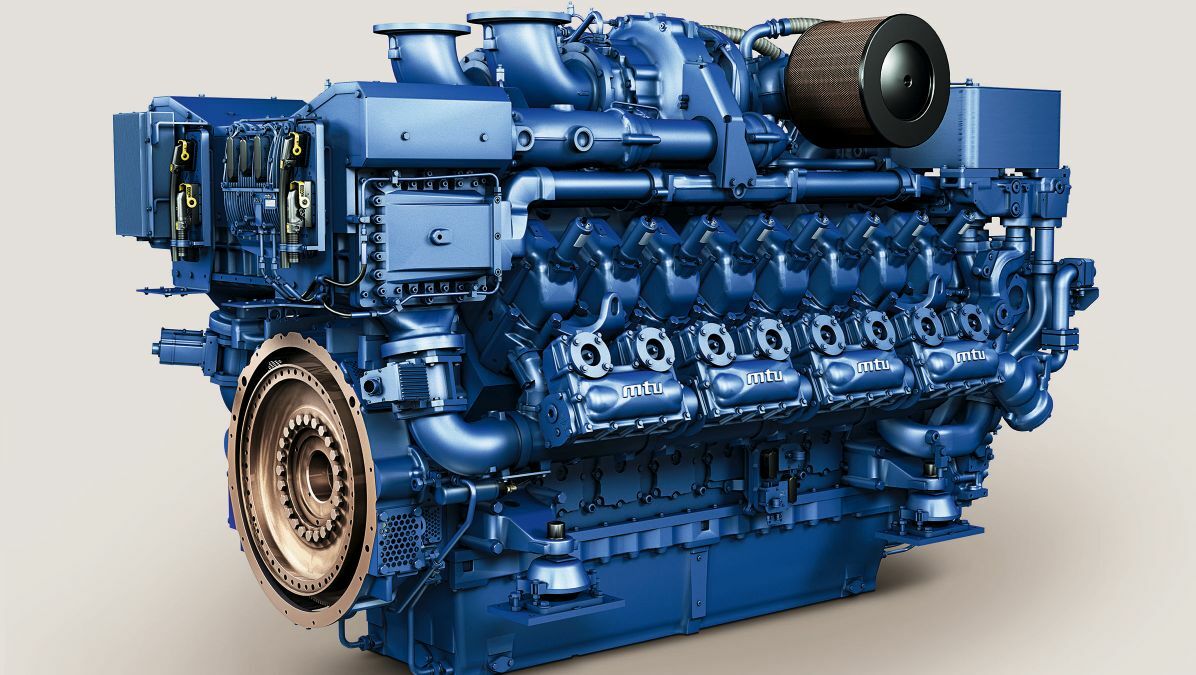Store Engines for Africa and Even More at Our Extensive Auto Parts Shop
The Pursuit for Ultimate Driving Power: Checking Out the Peak of Engine Efficiency and Technological Innovations in the Automotive Field
In the world of auto engineering, the quest of optimum driving power has been a relentless quest that has actually unfolded with the development of engine design and the integration of innovative innovations. From the meticulous workmanship of combustion engines to the rapid developments in electric propulsion systems, the automobile sector stands at the cusp of a brand-new period identified by unmatched performance capacities. As designers and scientists dive much deeper into the realms of computational fluid dynamics and explore cutting-edge fuel modern technologies, the horizon of opportunities expands exponentially. Keep tuned as we decipher the detailed tapestry of technical developments that are shaping the future of automotive power and efficiency.
Evolution of Engine Layout

In addition, the integration of turbocharging and turbo charging technologies has changed engine design by boosting power without substantially enhancing engine dimension. These forced induction systems compress the intake air, permitting more fuel to be ignited, therefore producing greater power output from a smaller sized engine. This development has been particularly critical in improving the performance of smaller displacement engines while maintaining fuel performance requirements.

Performance-Enhancing Gas Technologies
The execution of advanced fuel innovations has substantially contributed to enhancing engine performance in modern-day automobiles. Biofuels, acquired from sustainable sources like sugarcane, corn, or algae, deal minimized exhausts and enhanced engine effectiveness. Furthermore, gas additives and detergents are being created to clean engine elements, maximize combustion, and reduce rubbing, thereby boosting total car efficiency.
Improvements in Electric Propulsion
Considerable strides in electric propulsion modern technology have actually transformed the automotive industry, leading the way for a new age of efficient and sustainable transport. Electric cars (EVs) are obtaining popularity as a result of their environmental benefits and advancements in battery modern technology, making it possible for longer driving ranges and shorter charging times. Makers are investing heavily in r & d to improve the performance of electric propulsion systems, concentrating on enhancing power output, improving power efficiency, and lowering general weight.
One remarkable breakthrough in electrical Visit Your URL propulsion is the growth of innovative electrical motors that provide greater torque and power density, leading to improved acceleration and total driving efficiency. Furthermore, regenerative braking systems have been fine-tuned to record and save energy throughout deceleration, more increasing the performance of EVs.
Moreover, the integration of clever innovations, such as artificial knowledge and predictive analytics, is optimizing the management of electrical propulsion systems, guaranteeing ideal efficiency under different driving problems. These advancements in electric propulsion are reshaping the automobile landscape, driving the market in the direction of a much more lasting and electrified look here future.
Effect of Computational Fluid Dynamics
With innovations in electric propulsion pushing the boundaries of vehicle technology, the assimilation of Computational Liquid Characteristics is playing a critical duty in optimizing aerodynamic efficiency and boosting general efficiency in car style. Computational Fluid Dynamics (CFD) entails making use of computer simulations to examine the circulation of air around a vehicle, allowing designers to anticipate how style adjustments will influence the rules of aerodynamics without the need for pricey physical prototypes. By precisely modeling air movement patterns, CFD permits the refinement of automobile forms to reduce drag, improve air conditioning, and enhance stability.
CFD enables engineers to optimize air movement around components such as radiators, engine bays, and wheel wells, contributing to improved efficiency and general driving experience. In conclusion, the integration of Computational Fluid Dynamics represents a substantial step onward in the mission for supreme driving power and effectiveness in the auto market.
Future Trends in Engine Technology
In the dynamic landscape of automotive design, innovative innovations are shaping the future trajectory of engine innovation. The future of engine layout is noted by a strong focus on performance, sustainability, and performance. Makers are progressively concentrating on establishing engines that not just deliver high power outcomes but also focus on environmental responsibility by enhancing and minimizing exhausts gas efficiency.
One famous trend in engine technology is the rise of electrification. Crossbreed and electrical powertrains are gaining traction as sensible alternatives to conventional burning engines. These technologies use the possibility for considerable reductions in carbon discharges and raised energy effectiveness, lining up with international efforts to fight climate modification.
In addition, developments in products science and manufacturing methods are making it possible for the production of lighter and more resilient engine elements. This shift towards lightweight products such as carbon fiber and light weight aluminum alloys contributes to improved performance and why not look here gas economy.
Conclusion
In final thought, the quest of best driving power in the automotive sector remains to drive improvements in engine layout, gas modern technologies, electrical propulsion, and computational liquid characteristics. The development of these technologies is shaping the future of engine development, paving the way for more efficient and powerful cars (engines for africa). As the industry remains to push the limits of what is possible, we can anticipate to see even much more innovative developments in the quest for peak efficiency
One of the crucial turning points in engine style evolution is the change from traditional carbureted engines to modern-day fuel-injected systems. By exactly metering the fuel shipment to each cylinder, fuel-injected engines optimize burning, resulting in much better performance and lowered ecological impact.
Moreover, the integration of turbocharging and turbo charging innovations has changed engine layout by increasing power without significantly increasing engine dimension (engines for africa).The implementation of advanced fuel technologies has actually significantly added to enhancing engine efficiency in contemporary lorries. Furthermore, gas additives and cleaning agents are being developed to tidy engine parts, optimize burning, and reduce rubbing, consequently improving total car efficiency